7 telltale signs you have termites in your home
Here’s how you can tell if you’ve got termites in your home
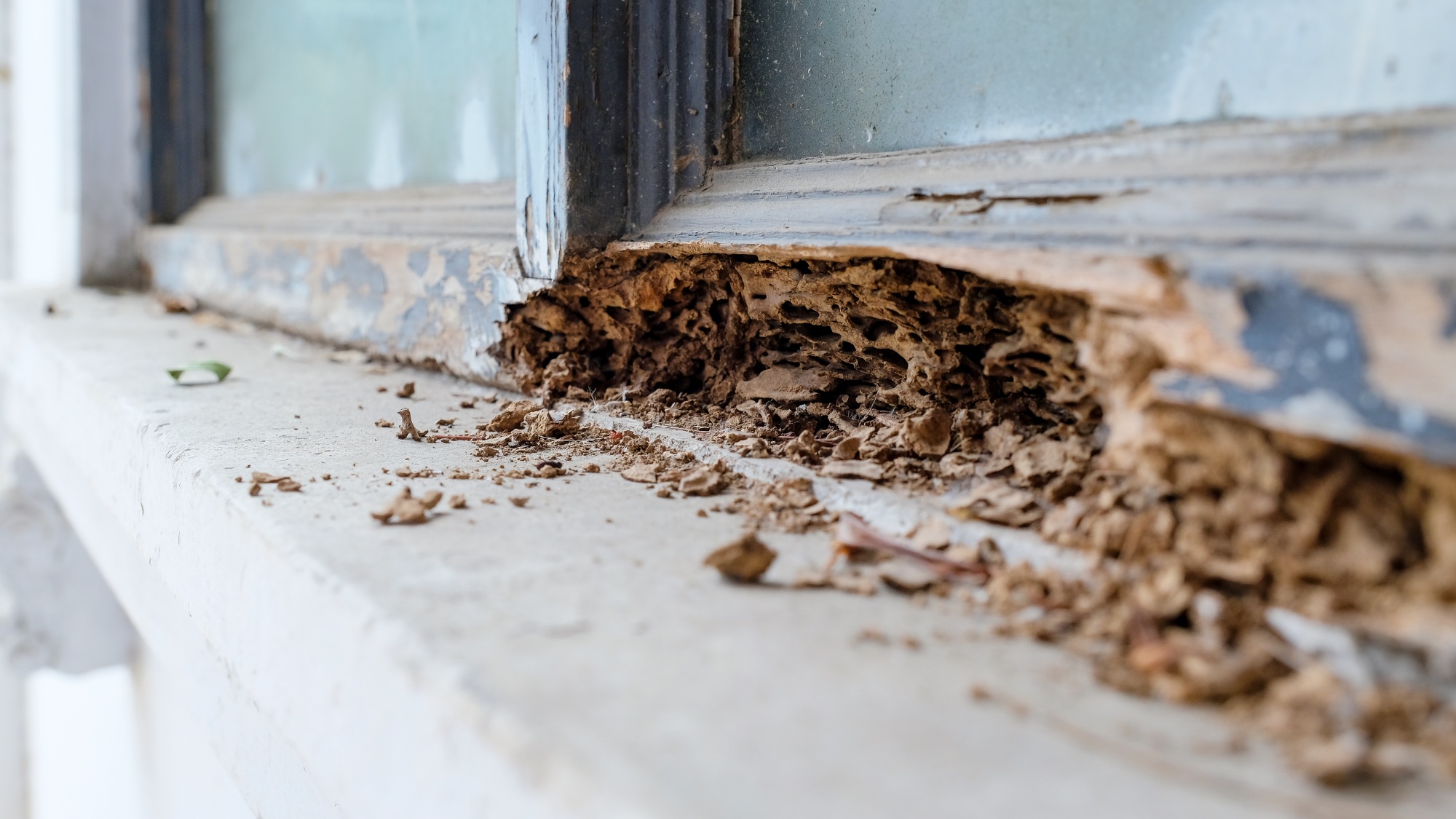
Some pests are more obvious than others. For instance, ants will make an appearance wherever crumbs are present, while mosquitoes will happily breed where there’s stagnant water. But, other pests are not so easy to spot. Roaches will scatter and hide once the lights are flicked on, and bed bugs will only come out while you sleep. Termites join this list too — often hiding in your walls, it’s difficult to know you have them until the damage is done, and the damage can be severe.
Feasting on a diet of cellulose, termites can quickly work their way through all kinds of wooden features and furniture, not limited to decks, beams, floorboards and walls. That means there’s the potential for structural damage over time too. So the sooner you know about these pests and learn how to get rid of them, the better.
That’s why we’ve pulled together this guide on the 7 telltale signs of termites. So you can tell when termites have moved in and save your home some potential damage. Here’s what you need to look out for.
1. Structural damage
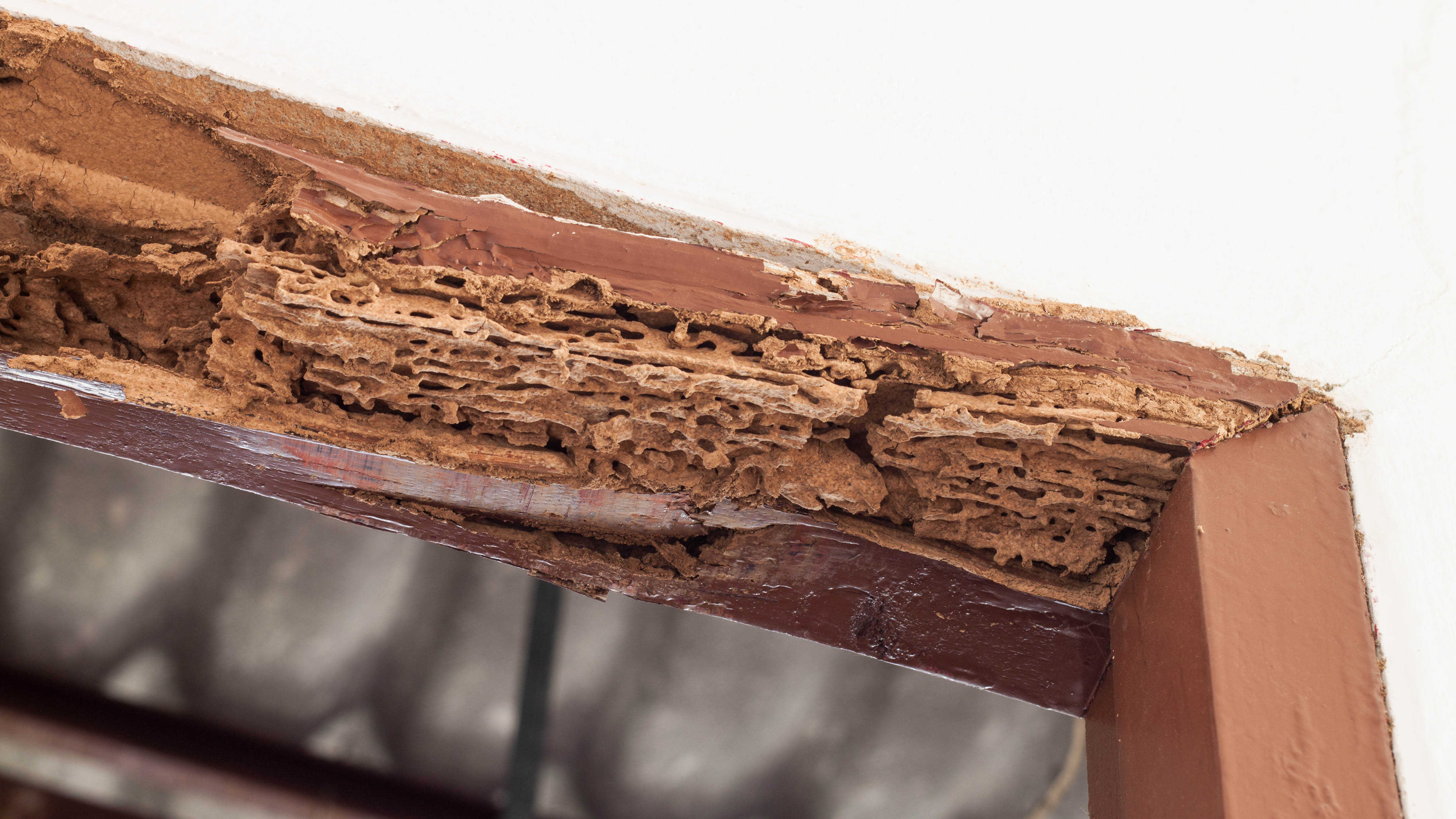
The first and most obvious sign of termites has to be the structural damage they leave behind. In terms of wood, this includes the likes of tiny pinholes, where they enter and exit, and where exposed, crumbling, almost appearing like the surface has been scraped away or somewhat dissolved. The indents left behind have an almost maze-like resemblance from the inside. Termites will actually work their way from the inside out when eating your walls, so if the damage reaches your interior, it may be more severe than it appears. You should act quickly in such cases.
As a result of this damage, your once-solid walls and floors may also have hollowed out. You can often check for termites with a gentle knock, listening for any subtle differences in the interior. Compare the sound with other sections of your walls and floors if you’re unsure.
2. Damaged flooring

Don’t forget, termites aren’t just restricted to your walls either. Your floors are just as vulnerable, particularly if they’ve suffered from water damage. Termites are attracted to humid environments in general, and rotting wood can be a prime incentive as a consequence, especially for dampwood termites. Once termites find their way in, buckling and blistering floorboards can be the result of their feasting away. If the floor support itself takes damage, sagging can become apparent as well.
Laminate flooring is just as susceptible, with signs of what looks like water damage in the wake, including blistering. Tiles can come loose easily from the surface — a sign of excess moisture in your floors from termite activity and uneven leveling. In either case, the internal wear can also result in new squeaks as you walk over weakened spots. It might sound more hollow too.
Get instant access to breaking news, the hottest reviews, great deals and helpful tips.
3. Bubbling paint and flaky wallpaper
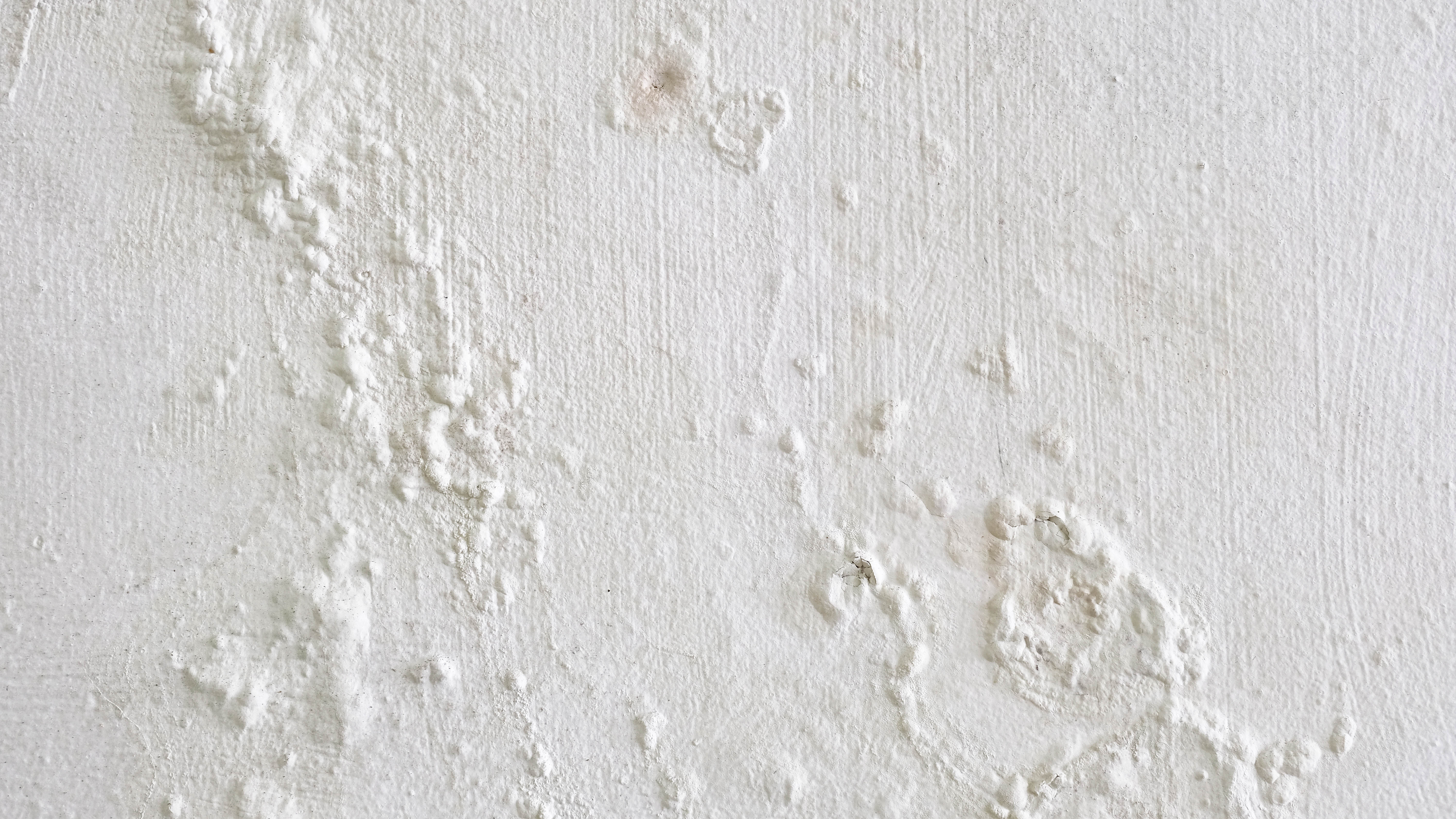
Termites will feast on any drywalls as well. It contains cellulose, so this can’t be helped. Luckily there are ways to spot termites in such places. For one, paint has a tendency to bubble, while wallpaper can peel. This is a result of termites bringing excess moisture into your walls. They can also leave behind those same telltale pinholes as mentioned in point one. These can be plugged in with residue once they’re deemed no longer necessary by the termites as a measure to protect the colony.
Brown dust on top of your baseboards can also be a sign that termites have burrowed their way into drywall. But, there’s more than dust to this substance as you will see in our next point.
4. Termite feces
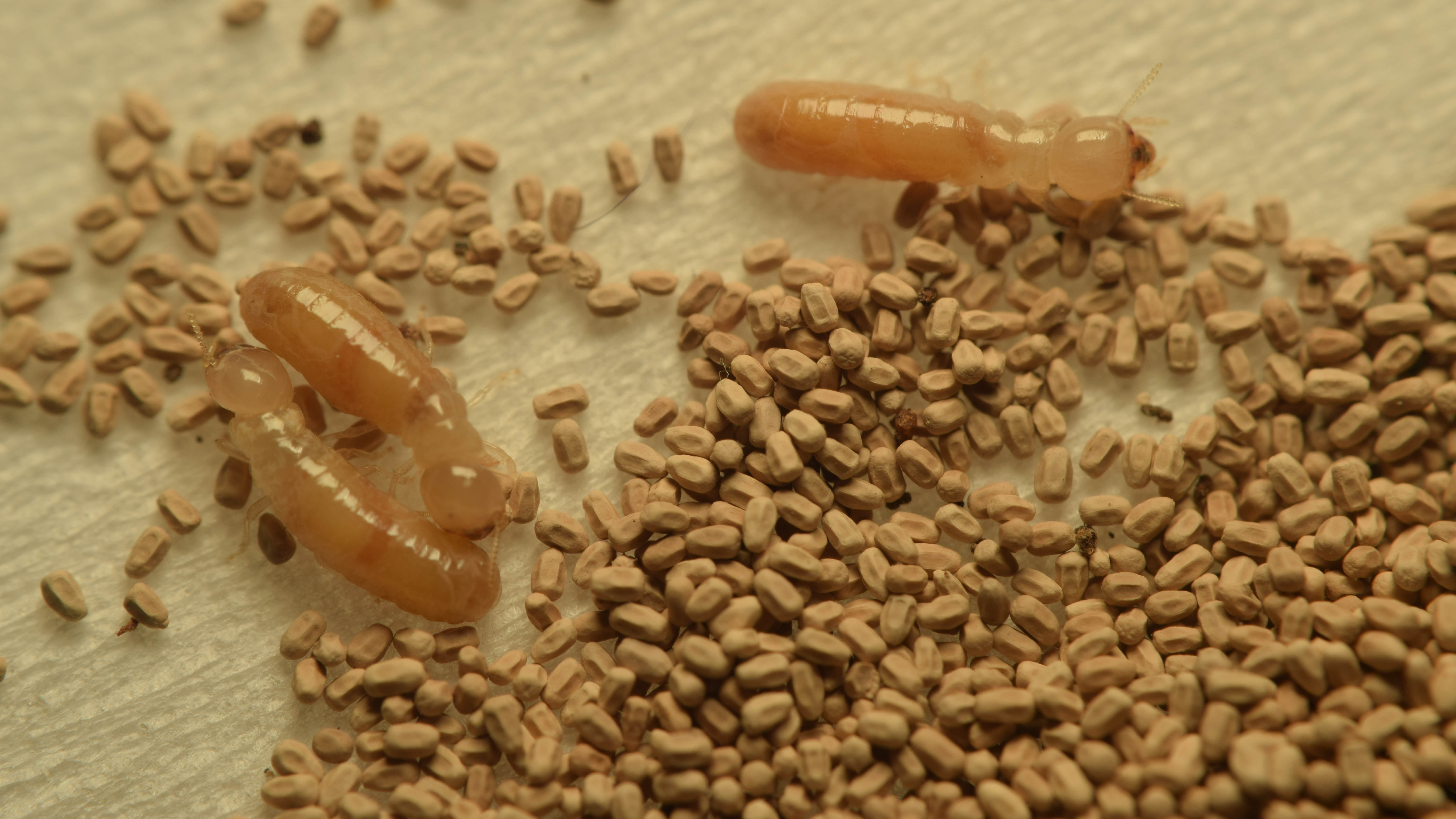
Feces is another obvious sign of termites. Also known as frass, drywood termite feces appear granular and oval-shaped and are often left in small heaps around windows and doors as well as baseboards. That dust we mentioned in the previous point is actually feces which accumulates as the termites expel waste away from the colony. It’s sometimes compared to coffee grounds, but is lighter in color by comparison. It appears similar to sawdust, but largely depends on the color of what they eat.
Bear in mind that not all termites will leave behind such a calling card. Some will even use their droppings as materials for building their nest, such as subterranean termites. So you will need to be vigilant and keep an eye out for other signs in such cases.
5. Mud tubes
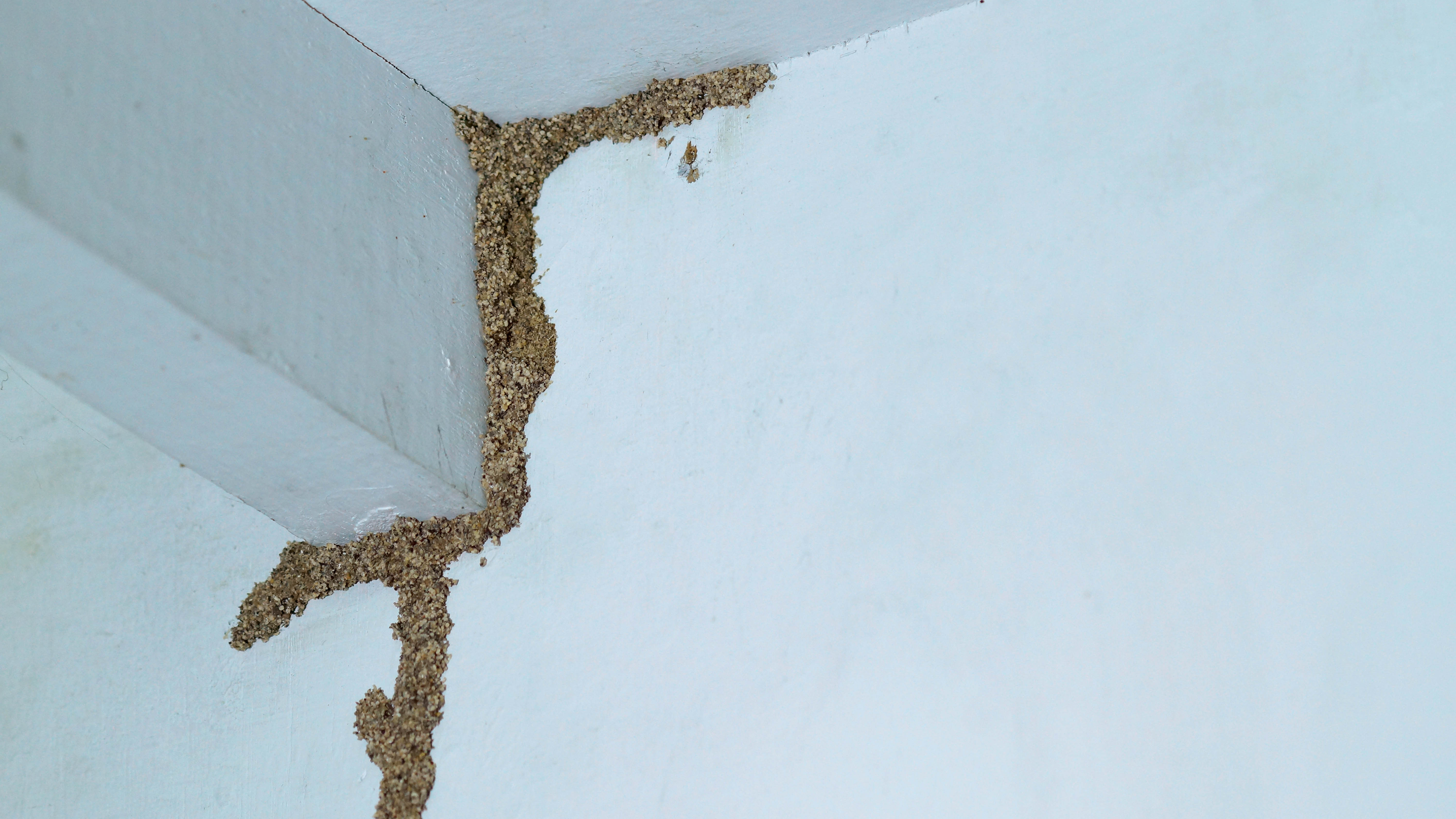
Subterranean termites will however create formations called mud tubes, which are just as telltale. These tubes roughly have a pencil-width passageway, and are designed to reach from the soil to a source of food. They’re a combination of mud and wood, aimed at protecting the termites from the harsh environment as well as predators as they travel.
Mud tubes can be found outside or inside. They can work their way up exterior concrete walls as well as brickwork. Prime locations include the foundations of a home, or basements, but these formations can be concealed within walls as well. If you suspect mud tubes, be sure to call in a professional to deal with the potential infestation as soon as possible.
6. Termite swarmers

Once a termite colony is established, it will send out swarmers at certain times of the year to form colonies elsewhere. These winged termites take flight often in the daytime during the spring. They won’t damage your home themselves, but they are aiming to create fresh colonies, so can ultimately extend an existing problem, although most of them die in and around the home from a lack of moisture.
In any case, if you spot these in your home, you know a colony is nearby, so don’t ignore their presence.
Swarmers can also shed their wings around your property. They do this themselves when they land and are satisfied that they’ve found a suitable mate and environment to breed. These wings can be found on windowsills, and around doorways and baseboards. If you want to tell the difference between a flying ant and a termite swarmer, the latter has wings of uniform size, while ants have larger wings at the front.
7. Sealed windows and doors
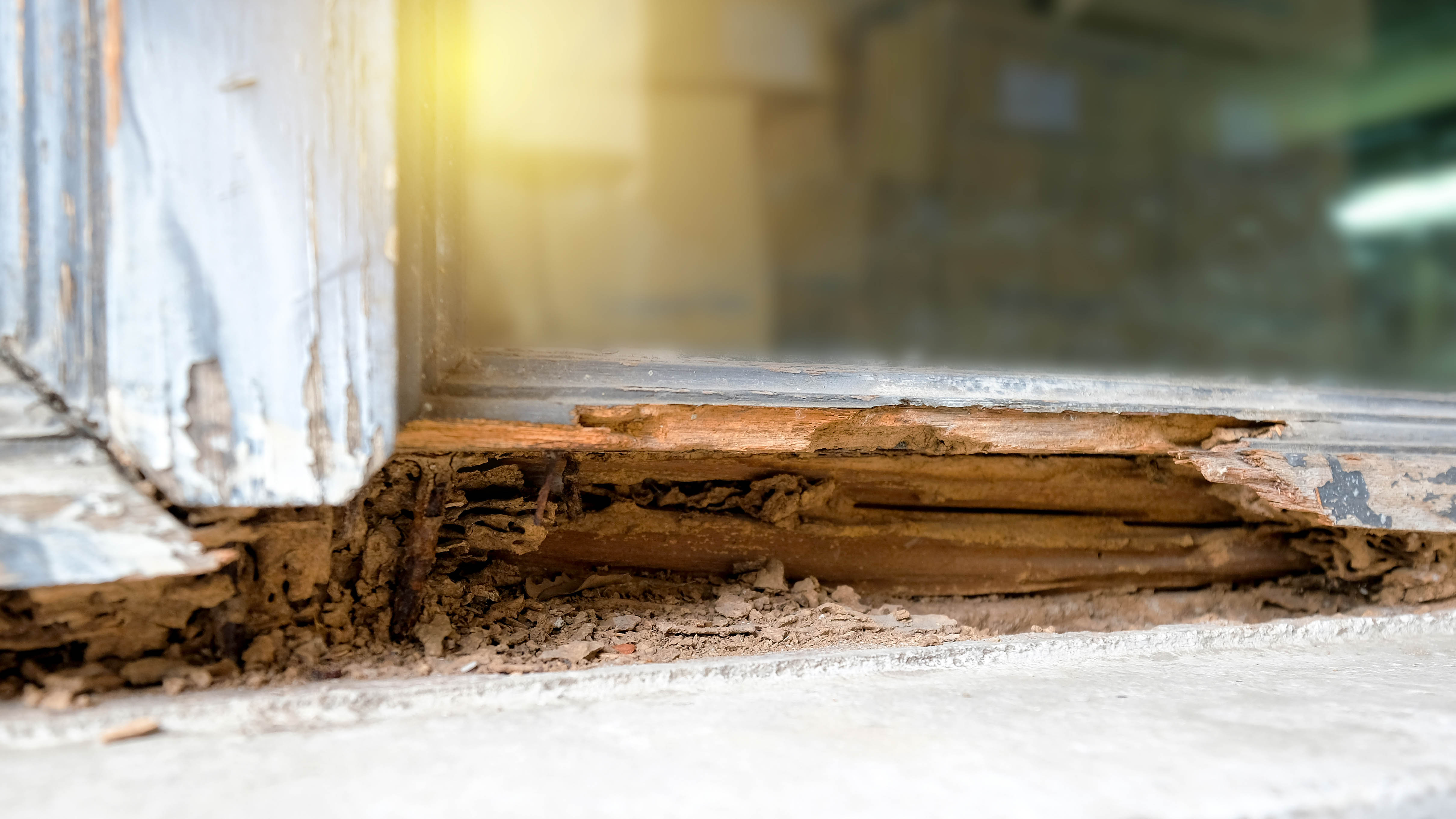
As termites make a feast of the wood in your home, its structure will naturally be affected. It will shift and warp, leading to items not sitting like they used to. A key sign of this is windows and doors no longer opening as easily, or closing like they used to. So if you’re struggling to open and close doors, it’s not always down to the humidity alone. Keep an eye out for cracks in the drywall, too.
Once your termite problem is dealt with, be sure to seal up any cracks around entry points with a caulking gun — this prevents them from coming back.
If you suspect termites, make sure you get your property inspected — should they be confirmed, deal with them as soon as possible to prevent further damage. Follow our tips on how to get rid of termites, or call in a professional if you’re uncomfortable handling the problem yourself or facing an established colony. Don’t forget to follow up with necessary repairs to the structure of your home as well.
More from Tom's Guide

Katie Mortram used to be a Homes Editor for Tom's Guide, where she oversaw everything from kitchen appliances to gardening tools, as well as smart home tech. Specializing in providing expert advice for cleaning and home manintenance, she now works as Household Advice Editor for Good Housekeeping.
